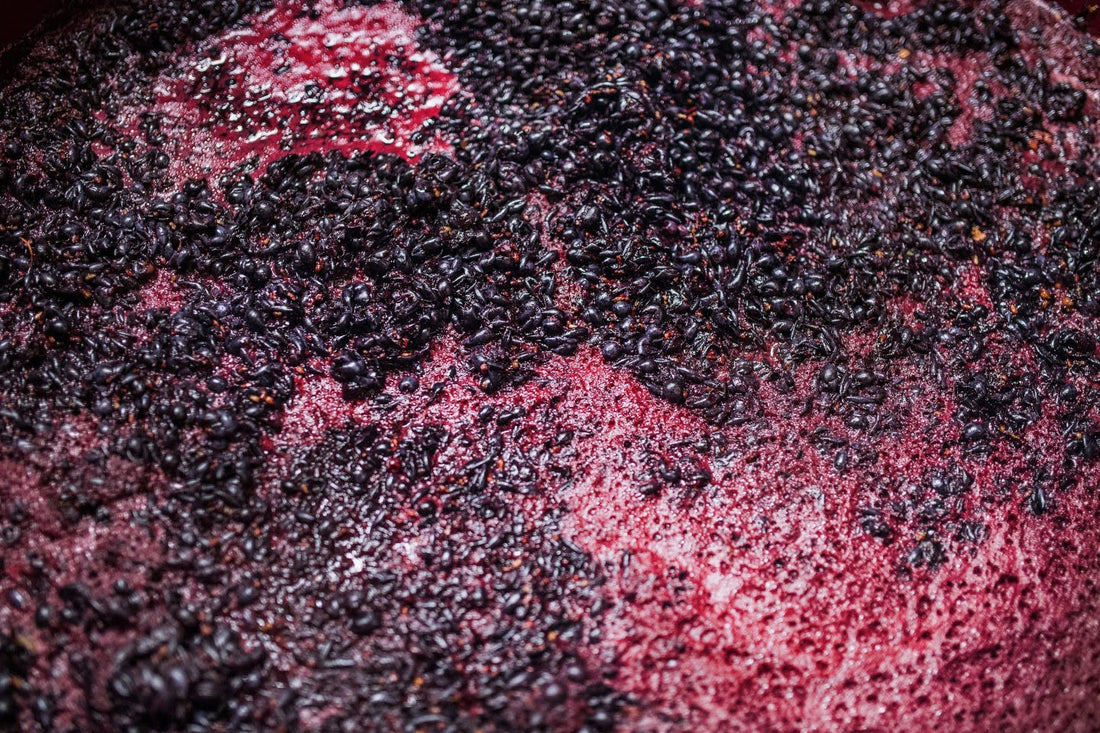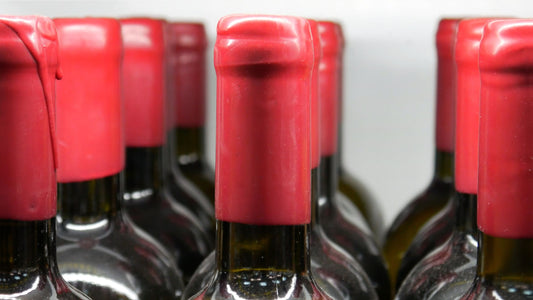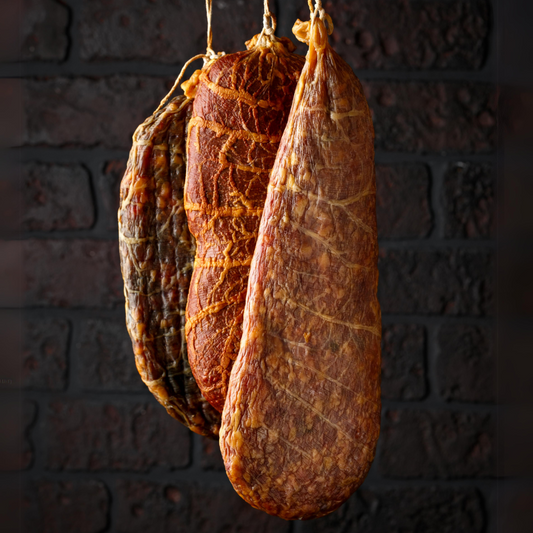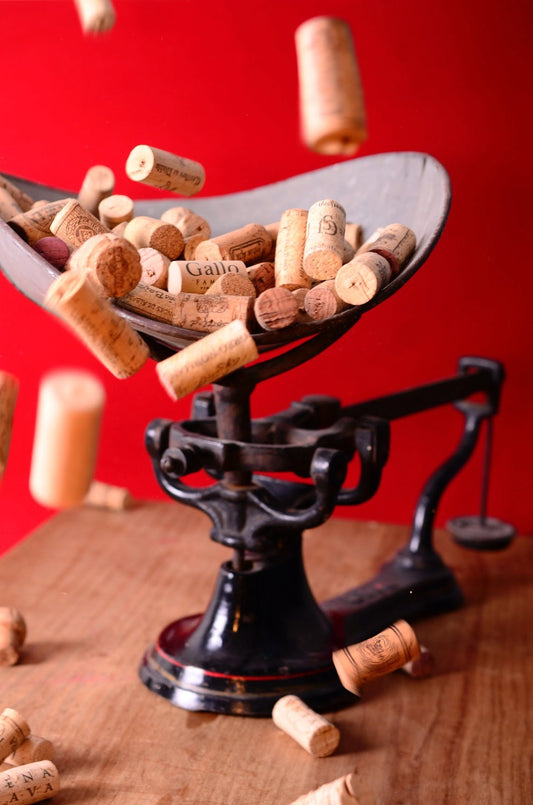Rehydrate yeast with The Artisan's Bottega

We’re know that you’re a definite wine making lover and you enjoy the process of making, producing, preserving and tasting your homemade wine. That is why today we want to dip dive a little further on this process for one specific step that could be confusing for some of you. Today we will teach how to rehydrate your yeast before adding it to your wine must.
TAB Tip: What is “Must”?
“Wine Must” is the freshly crushed fruit juice (usually grape juice) that contains the skins, seeds, and stems of the fruit. It’s one of the first steps in the wine making process.
Before we begin, it’s important to bare in mind that you should rehydrate yeast before adding it to the must, because the correct rehydration of the yeast could boost the fermentation process, reducing the chance of wine spoilage by bad yeast and bacteria from grape skin.
It’s also important to remember that yeast is more likely to ferment the wine completely dry and with a minimum residual sugar (only if the yeast us rehydrated properly) With that being said, let’s get started on this yeast rehydration:
Procedure:
The first thing you need to do, as we have discussed before, is to rehydrate the yeast with water before adding it to the must. Second thing is to measure the temperate of the must beforehand, because depending on its temperature, we have 2 different methods to hydrate and add the yeast:
Method A: For red or white must (juice) at 20°C or hotter.
Method B: For colder red must So now that you made sure that your yeast is re-hydrated and once you have taken the must temperature, you’re good to go!
Method A:
- Step 1: Select the yeast type required for your homemade wine (could be aromatic, fast or slow fermenting, etc) and determine the quantity of yeast required. At The Artisan’s Bottega we recommend 25 grams of yeast per 100 litres of wine.To begin, you have to sterilize with boiling water (not with a chemical sterilizer) a suitable container in which you will make the process of rehydration. Allow the container do drain and cool and then part-fill a bucket or similar container with water at 38-40°C
- Step 2: Calculate the weight of yeast required and then, add ten times this weight of 38- 40°C water to the container you sterilized and place it in the bucket of warm water. Example: 25 grams of yeast requires 250 grams or 250 ml of water.
- Step 3: Weight the yeast and add it to the sterile bottle. Mix quickly with the water until the yeast is wet. Keep in mind that it’s time to stop mixing when the yeast is wet, and that’s when you will put the sterile bottle in the bucket for 15 mins without any more mixing. Make sure that the temperature is still 38-40°C by topping up the bucket with hot water (if it’s necessary)
- Step 4: After 15 minutes, mix the rehydrated yeast briefly and then add it to the must (only if it’s 20°C or hotter). Mix the rehydrated yeast through the must. Remember that if more than 15 minutes elapses (at 38-40°C) the yeast starts to die.
Method B:
If your must is colder than 20°C this is the method you should opt for: Prepare a plastic screw-top bottle of 4 to 20 litres capacity full of hot water from the tap. Place this bottle in the middle of the crushed grapes. Then follow steps 1-3 above and right before the end of the 15 minutes rehydration period, make sure you remove the hot water bottle while checking the must’s temperature on the place where the bottle was located at (it should be 20-25°C). Mix in a little cool must from the edge if it is too hot and then pour the rehydrated yeast into this warm area, making sure that you DO NOT mix and covering the must.
After several hours, the fermentation process will start, first in the centre of the must and the it will spread throughout the must in a day or so. Once the skins rise up, plunge the fermentation as normal. 
For white must (juice): Before we give you this optional tip, it’s important to acknowledge that cold settled white must (juice) needs to warm up to 18-20°C before you add the yeast. Also, bare in mind that sulphur dioxide of the must can’t exceed the 10-ppm free SO2. In case you don’t know how to warm up the must, the answer is a microwave oven!
And if by any chance, you want to ferment cold, start the ferment at 18-20°C and then wait for the must density to drop by 1-2° Baumé before cooling the must to the desired fermentation temperature.
Congratulations, you’re now a yeast rehydration pro! And we know you’re ready to start this wine making process.
In case you want to learn the whole process of wine making, we have several blog posts, depending on the type of wine you want to produce at home:
And if you happen to follow our tutorials while making your wine, don't forget to tag us on our socials @artisans.bottega sharing your pictures! We love checking up on our Artisans Family.


